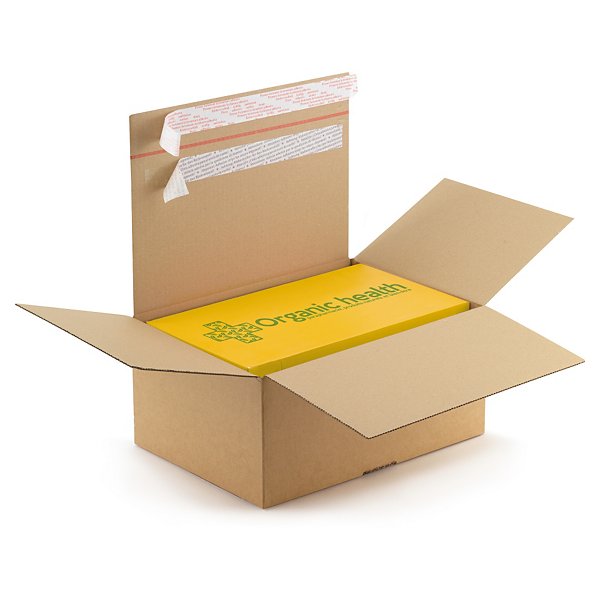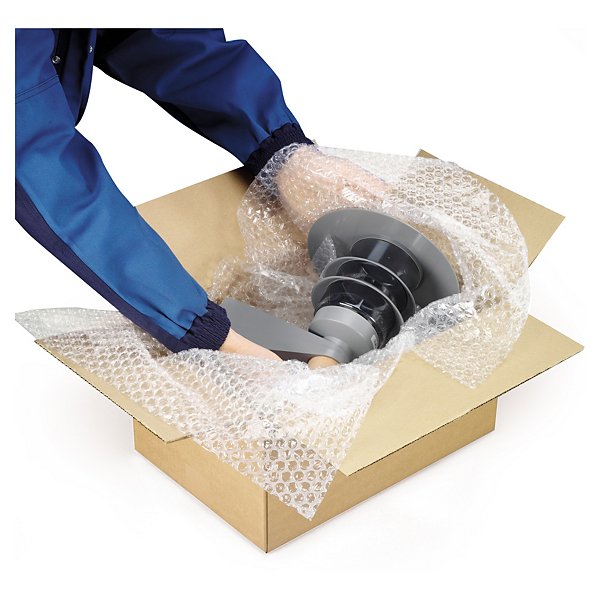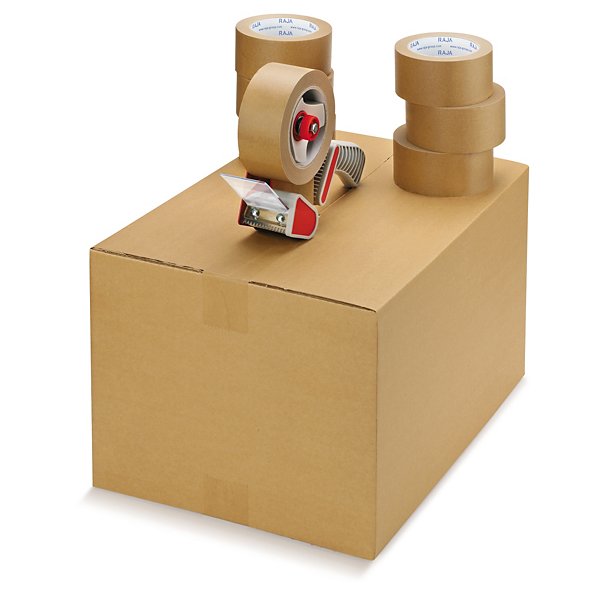In recent years, sustainability has become a key issue not only in manufacturing, but also in logistics and retail. For businesses, especially in the e-commerce sector, the transition to eco-friendly packaging is becoming increasingly relevant. How is eco-friendly packaging changing logistics, warehousing and the customer experience? And what are the challenges facing companies that choose a sustainable approach?
Why is it important to address eco-friendly packaging?
In e-commerce, packaging is a key element that affects not only the appearance and safety of products, but also their environmental footprint. Switching to eco-friendly packaging not only benefits nature, but also the businesses themselves. Customers today increasingly prefer brands that are environmentally conscious. According to a Nielsen study, 66% of global consumers are willing to pay more for products that have a positive impact on the environment. Thus, eco-friendly packaging, such as recyclable materials, biomaterials or packaging with lower CO2 emissions, can help companies improve their reputation and increase customer loyalty.
How does eco-friendly packaging affect logistics and warehousing?
Benefits of adopting eco-friendly packaging
- Optimisation of warehouse space
Eco-friendly packaging is designed to save space. Compact and efficient packaging makes handling easier and ensures lower storage costs. In addition, packaging can be lighter, which means lower transportation costs.
- Reduced waste
Switching to recyclable and biodegradable packaging significantly reduces waste. This not only saves companies on waste disposal costs, but also helps to protect the environment.
- Improving transport processes
Environmentally friendly packaging that is optimally shaped and sized improves the use of space during transport. This leads to a reduction in CO2 emissions and increases transport efficiency, as more goods can be placed in one transport.
Challenges in the introduction of eco-packaging
Unfortunately, the transition to eco-packaging is not without its challenges. Businesses may face several challenges during the transition:
- Initial costs
Replacing traditional packaging with eco-friendly packaging can be costly, but the long-term savings in shipping and storage costs can offset this.
- Packaging availability
It is not always easy to find eco packaging that is compatible with a company’s logistics processes.
- Employee training
The introduction of eco-packaging requires employee training and adaptation of internal processes.
How can Rajapack help?
As a leader in packaging solutions, Rajapack offers a wide range of eco-friendly materials. Our products not only help companies reduce their ecological footprint, but also optimize storage and logistics.
Popular Rajapack eco-friendly products include:
- Recyclable cartons – Our cartons are strong, durable and easily recyclable. Suitable for e-commerce and retail businesses looking for packaging with minimal impact on the environment.

- Bubble wrap and bags made from recycled material – Our bubble wrap and protective bags are made from recycled materials, contributing to a circular economy while protecting your products in transit.

- Paper and recyclable tapes – We also offer paper and recycled material tapes that meet high environmental standards.

Switching to eco-friendly packaging is an important step for companies that want to play a role in a sustainable future. Not only do they reduce the negative impact on the environment, but they can also bring concrete benefits in logistics, storage and transport. The use of eco-friendly packaging is not only a responsibility, but also an opportunity to differentiate yourself in an increasingly competitive e-commerce market.














